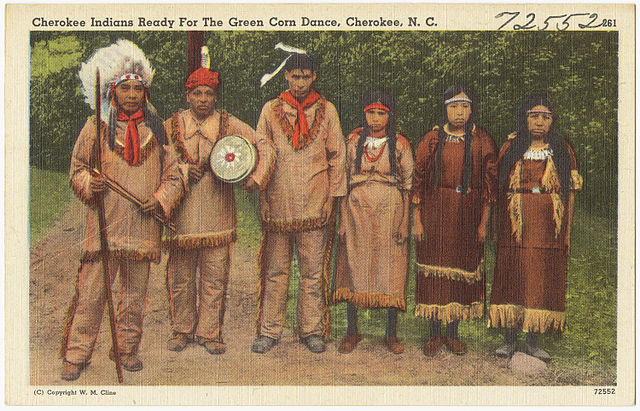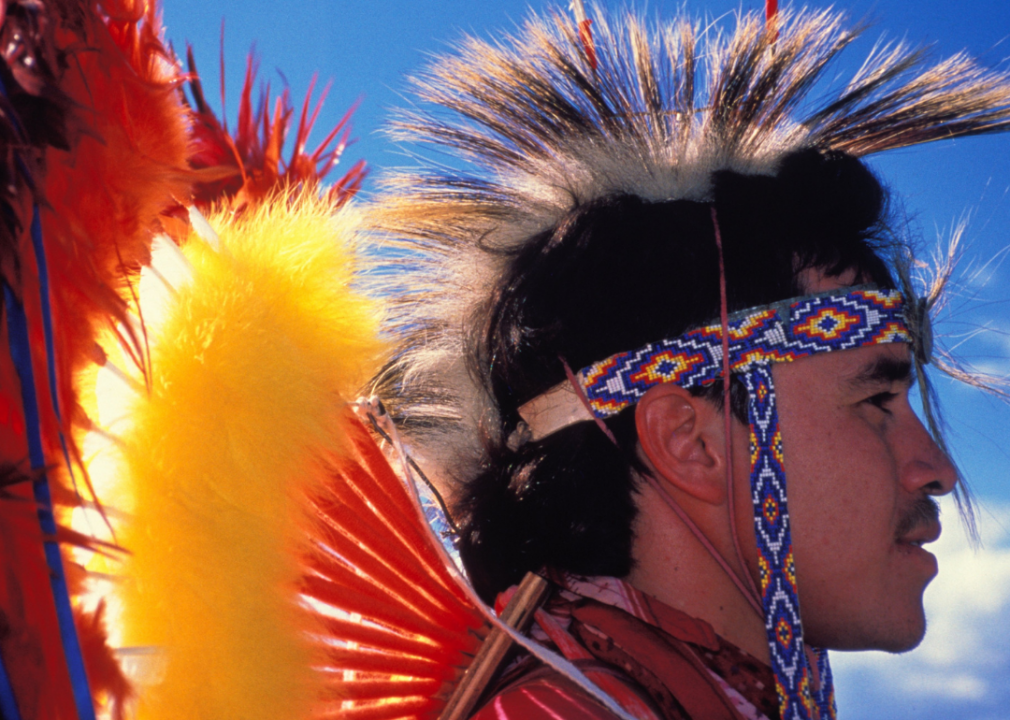Unpacking the Complexity: Exploring the Largest Native American Tribe
Unpacking the Complexity: Exploring the Largest Native American Tribe

The term "largest Native American tribe" is a deceptively simple question with a multifaceted answer. It’s a question that often leads to misunderstandings and generalizations, neglecting the rich diversity and intricate history of Indigenous peoples across the Americas.
This article aims to shed light on the complexities surrounding this question, exploring the different ways to define "largest" and examining the challenges associated with applying such a label to Indigenous communities.
Related Articles: Unpacking the Complexity: Exploring the Largest Native American Tribe
- Discover Puebloans’ Rich Heritage: Interactive Map
- Savor the Flavors of Cherokee Cuisine: A Culinary Adventure Through Native Delights
- Discover the Hopi’s Ancient Farming Secrets: Flat Lands to Bountiful Harvests
- Unveiling Oklahoma’s Linguistic Tapestry: A Dive into Native American Languages
- Discover the Native vs. Indian Divide: Navigating Cultural Nuances
Understanding the Challenges of Defining "Largest"
The term "tribe" itself is a problematic one, often imposed by outsiders and failing to capture the diverse organizational structures and cultural practices of Indigenous nations. Many Indigenous communities prefer to be referred to by their own names, such as Nation, First Nation, or Band, reflecting their distinct identities and histories.
Furthermore, determining the "largest" tribe requires establishing a clear metric. Is it based on:
- Population: This is the most common metric, but it can be misleading as population numbers fluctuate and are often based on imprecise data.
- Land area: This metric is also problematic as historical land dispossession has dramatically reduced the size of many Indigenous territories.
- Political influence: This is a subjective measure that can vary depending on the context and timeframe.
- Cultural impact: This is a challenging metric to quantify, as cultural influence can be measured in different ways.

Navigating the Nuances of Population Data
While population numbers are often used to determine the "largest" tribe, it’s crucial to understand the limitations of this metric.
- Data Accuracy: Accurate and up-to-date population data for all Indigenous communities is often unavailable. This is due to historical undercounting, limited access to healthcare and education, and cultural sensitivities surrounding data collection.
- Historical Context: Population numbers have been significantly impacted by colonization, disease, and forced assimilation policies. Therefore, relying solely on current population figures can be misleading.
- Dynamic Nature: Population numbers are constantly changing, influenced by factors such as migration, birth rates, and mortality rates.

Exploring the Largest Native American Tribes by Population
Despite the challenges, it is possible to identify some of the largest Native American tribes based on available population data. It’s important to note that these figures are estimates and may not reflect the full picture:

- Cherokee Nation: With an estimated population of over 390,000, the Cherokee Nation is often considered the largest tribe in the United States. Their ancestral territory spans parts of North Carolina, Georgia, Tennessee, Alabama, and Arkansas.
- Navajo Nation: With an estimated population of over 170,000, the Navajo Nation is the largest federally recognized tribe in the United States. Their reservation spans parts of Arizona, New Mexico, and Utah.
- Choctaw Nation: With an estimated population of over 200,000, the Choctaw Nation is another large tribe in the United States. Their ancestral territory encompasses parts of Mississippi, Alabama, and Louisiana.
- Chickasaw Nation: With an estimated population of over 110,000, the Chickasaw Nation is a significant tribe in the United States. Their ancestral territory spans parts of Mississippi, Alabama, and Tennessee.
- Lakota Nation: With an estimated population of over 100,000, the Lakota Nation is a prominent tribe in the United States. Their ancestral territory encompasses parts of South Dakota, Nebraska, Montana, and Wyoming.
Beyond Population: Exploring Other Metrics of "Largest"
While population is a commonly used metric, it’s important to consider other factors that contribute to the size and influence of a tribe:
- Land Area: The Navajo Nation, with its vast reservation spanning over 27,000 square miles, is a prime example of a tribe with a significant land base.
- Political Influence: The Cherokee Nation, with its robust tribal government and extensive economic development initiatives, wields considerable political influence.
- Cultural Impact: The Lakota Nation, with its rich cultural traditions and significant role in shaping the history of the American West, has a profound cultural impact.
Recognizing the Diversity of Indigenous Nations
It’s crucial to acknowledge that the concept of a "largest" tribe is a simplification that fails to capture the intricate tapestry of Indigenous cultures and communities. Every Indigenous nation has its own unique history, language, traditions, and governance structures.
Moving Beyond Labels: Embracing Respect and Understanding
Instead of focusing on labels like "largest," it’s essential to approach Indigenous communities with respect and understanding.
- Learn about their history and culture: Engage with resources from Indigenous communities and organizations.
- Listen to their voices: Amplify their perspectives and stories.
- Support their self-determination: Advocate for policies that respect their sovereignty and right to self-governance.
Conclusion: Embracing the Complexity of Indigenous Identity
The question of "what is the largest Native American tribe" is a complex one with no easy answer. It’s a question that highlights the limitations of categorization and the need to move beyond simplistic labels.
By embracing the diversity and richness of Indigenous cultures, we can foster a more accurate and respectful understanding of their history, contributions, and ongoing struggles.
FAQ about What is the Largest Native American Tribe
Q: What is the largest Native American tribe in the United States?
A: The Cherokee Nation is often considered the largest tribe in the United States based on population estimates. However, it’s important to remember that population figures are estimates and can be influenced by various factors.
Q: What is the largest Native American tribe by land area?
A: The Navajo Nation, with its vast reservation spanning over 27,000 square miles, is the largest federally recognized tribe in the United States by land area.
Q: Why is it difficult to determine the "largest" Native American tribe?
A: Determining the "largest" tribe is challenging because there are various ways to define "largest." It can be based on population, land area, political influence, or cultural impact, each with its own limitations and challenges.
Q: Why is the term "tribe" problematic?
A: The term "tribe" is often imposed by outsiders and fails to capture the diverse organizational structures and cultural practices of Indigenous nations. Many Indigenous communities prefer to be referred to by their own names, such as Nation, First Nation, or Band.
Q: How can I learn more about Native American tribes?
A: You can learn more about Native American tribes by engaging with resources from Indigenous communities and organizations. You can also visit museums, attend cultural events, and support organizations dedicated to promoting Indigenous knowledge and self-determination.

Closure
Thus, we hope this article has provided valuable insights into Unpacking the Complexity: Exploring the Largest Native American Tribe. We hope you find this article informative and beneficial. See you in our next article!